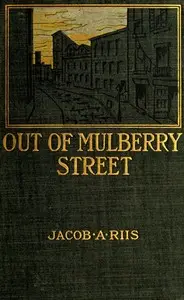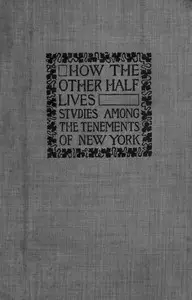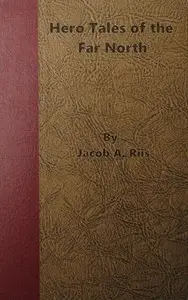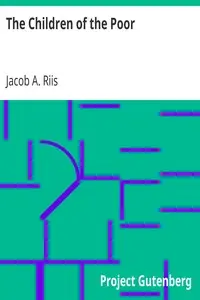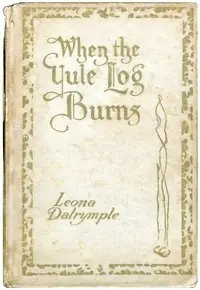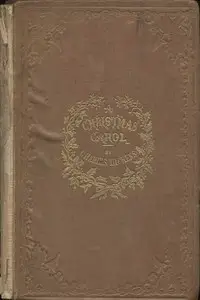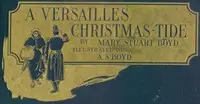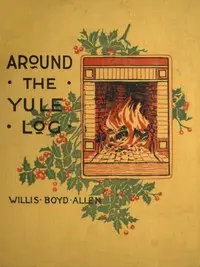"Nibsy's Christmas" by Jacob A. Riis is a heartbreaking tale set in the grim world of 19th-century New York City, that follows a young newsboy named Nibsy as he navigates unimaginable hardship. The story paints a picture of the stark divide between the joyous holiday season and the grim reality faced by impoverished children like Nibsy, who must confront neglect and desperation. As Nibsy struggles to support his family, his journey takes him through the darkest corners of tenement life, revealing abandonment and parental cruelty. Despite the overwhelming despair he faces, Nibsy's spirit shines through as he bravely confronts his dire situation and is recognized for his hard work. The story tragically culminates with Nibsy's death after a fire, highlighting the bleak circumstances of his life although underscoring a glimmer of hope when people take notice of his bravery.

Nibsy's Christmas
By Jacob A. (Jacob August) Riis
Amidst the twinkling lights of Christmas, a newsboy faces a dark reality of poverty, fighting to survive and provide for his family in the unforgiving streets, only to meet a tragic end despite his valiant efforts.
Summary
About the AuthorJacob August Riis was a Danish-American social reformer, "muck-raking" journalist, and social documentary photographer. He contributed significantly to the cause of urban reform in the United States of America at the turn of the twentieth century. He is known for using his photographic and journalistic talents to help the impoverished in New York City; those impoverished New Yorkers were the subject of most of his prolific writings and photography. He endorsed the implementation of "model tenements" in New York with the help of humanitarian Lawrence Veiller. He was an early proponent of the newly practicable casual photography and one of the first to adopt photographic flash.
While living in New York, Riis experienced poverty and became a police reporter writing about the quality of life in the slums. He attempted to alleviate the poor living conditions of poor people by exposing these conditions to the middle and upper classes.
Jacob August Riis was a Danish-American social reformer, "muck-raking" journalist, and social documentary photographer. He contributed significantly to the cause of urban reform in the United States of America at the turn of the twentieth century. He is known for using his photographic and journalistic talents to help the impoverished in New York City; those impoverished New Yorkers were the subject of most of his prolific writings and photography. He endorsed the implementation of "model tenements" in New York with the help of humanitarian Lawrence Veiller. He was an early proponent of the newly practicable casual photography and one of the first to adopt photographic flash. While living in New York, Riis experienced poverty and became a police reporter writing about the quality of life in the slums. He attempted to alleviate the poor living conditions of poor people by exposing these conditions to the middle and upper classes.


